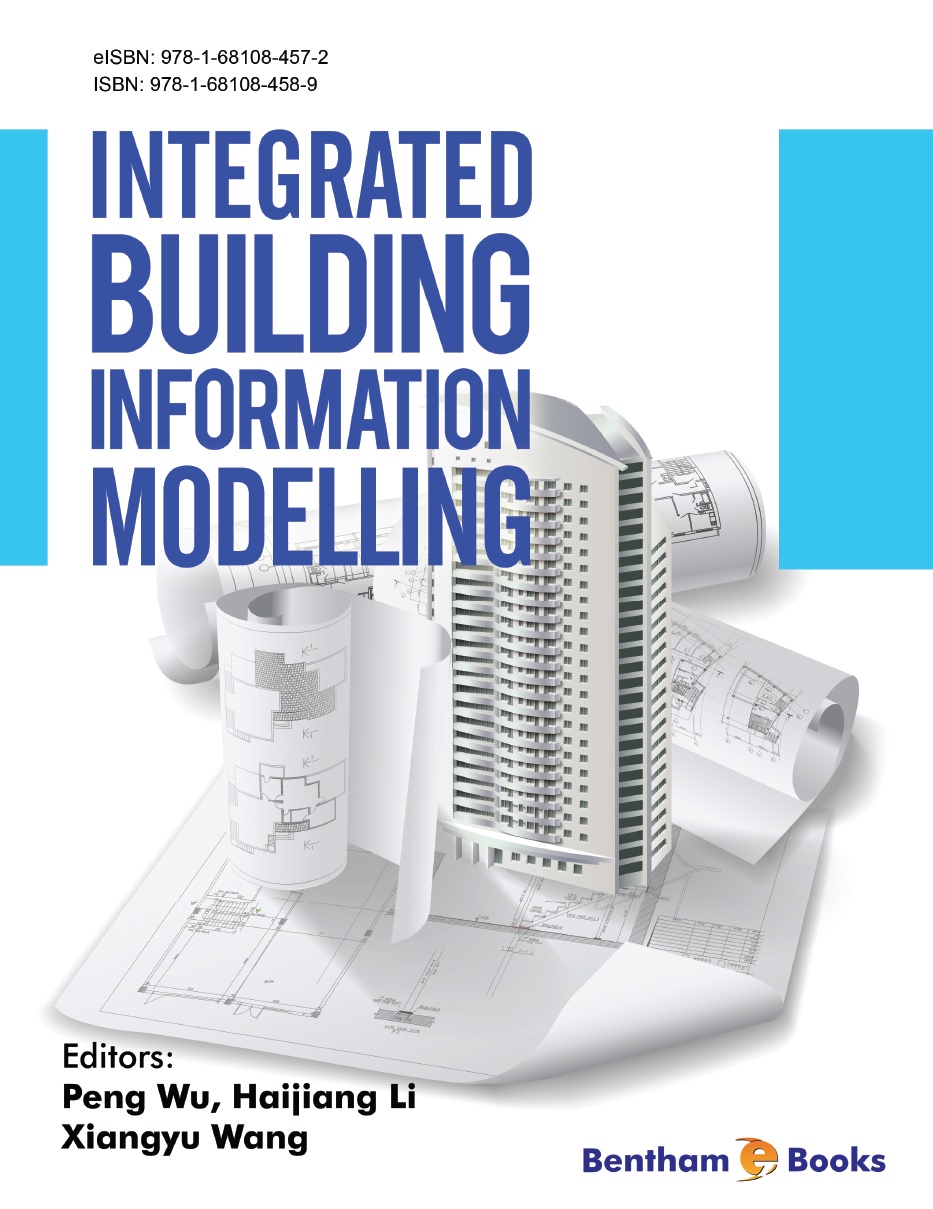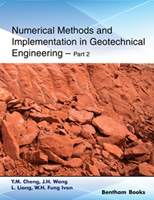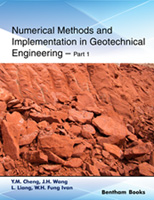Building information modelling (BIM) is a set of interacting policies, processes and technologies that generates “a methodology to manage the essential building design and project data in digital format throughout the building's life cycle”. It makes explicit the interdependency that exists between structure, architectural layout and mechanical, electrical and hydraulic services by technologically coupling project organizations together.
BIM facilitates the convenient and highly-efficient multi-professional collaboration. By synchronizing the central files, various professionals are able to share the same data set and operate on a unified platform. It is noted that the technical kernel of BIM is comprised of 3D visualization and the corresponding building information management mechanisms. With 3D visualization, it is easier to demonstrate design intent of cross-disciplinal professional engineers, and enable intuitive understanding, facilitate timely communication and error checking in drawings. Since large construction projects are featured as large in size, high in interspace and densely-populated, it is easy to cause significant impact to the safety of personnel and loss to property once an emergent situation occurs. Mapping the 3D models of BIM with the intelligent systems can simulate unexpected situations by computer and contingency plans can be made in advance. In addition, utilizing the 3D visualization technology of BIM, the construction unit can publish project construction information and operational information through the internet and other means of mass media. This provides it with a chance of improving the public participation, economic, environmental and the social benefits, as well as other comprehensive benefits.
The present book, structured in 13 chapters, deals with some of the fundamental integrated BIM applications, such as BIM in site layout plan, BIM in construction product management and BIM in hazardous gas monitoring. These chapters demonstrate that BIM is an excellent platform for technology integration.
An overview of the use of BIM is provided to report the best practices, standards, BIM frameworks, manuals and policies from different countries unfolding their status of BIM research, education and industry implementation. While the benefits of BIM, are evident in the past research, these benefits alone may not be sufficient to lead its adoption. An extensive study of the successful BIM cases from across the world, the problems faced and lessons learnt may promote its adoption.
Chapter two reviews the current BIM application and its adoption in housing and investigates an applicable decision support tool to enhance the practicality of housing information modelling in a way that a traditional life cycle assessment (LCA) or life cycle cost (LCC) does not. The case study provided in this chapter demonstrates that what information is required and how data can be developed from stakeholders’ requirement in housing construction and management.
Chapter three focuses on investigating the current perceived legal risks as identified by the AEC industry and are used to analyse an existing standard contract to propose changes which will facilitate the transition to a collaborative digital environment. The conceptual model is tested on a standard construction contract (GC21) to test its validity.
Chapter four proposes a final as-built BIM model inspection and management approach when preparing the final as-built model beyond project closeout. The utilization of the proposed approach can effectively manage the status and results of the final as-built BIM model inspection and management work performed. The proposed approach is applied in a selected building case study in Taiwan to verify the proposed approach and to demonstrate the effectiveness of preparing and managing a final as-built BIM model practically. Additionally, this chapter identifies the benefits, limitations, and problems encountered through real cases.
Chapter five summarizes the state-of-the-art in BIM-based methods developed to provides input data to different analyses as well as the state-of-the-art of site layout planning (SLP) optimization models and corresponding solution methods. Benefits to be reaped from integrating BIM within the SLP problem are discussed. Frameworks developed for obtaining travel frequencies and locations of temporary facilities on site, as well as methodologies to account for the dimensions of such facilities at each construction project stage, by taking advantage of the information made available by building information models, project schedules and construction cost databases are presented.
Intelligent and efficient data exchange among various software platforms is the key for sustainable and innovative production systems. The Industry Foundation Classes (IFC) data model is intended to describe building and construction industry data in a standard way which enables various software platforms to exchange information throughout the life cycle of the project with minimum human interaction/ manual data re-entry. Chapter six presents an introduction to the IFC and emphasizes its utility in all the stages of a project by illustrating its application in design, construction and operation & maintenance stage.
Chapter seven provides an organizational level framework with insights into how BIM can be implemented within the construction products manufacturing (CPM) sector to improve solutions at different implementation stages of the AEC sector. The findings of the study push the boundary beyond the fragmented silo style of working between product manufacturing and the construction process, and reveal the new relationships that are formed and the synchronous communication that occurs from the point of object creation through the upload unto the web repository, and ultimately, sharing the product data via the project model among the multi-organization project team.
Chapter eight focuses on the implementation of BIM in the construction project management phases and buildings lifecycle covering the ‘asset management'. It aims to argue that integrated BIM usage can be an effective tool in enhancing sustainability and lean performance of construction project management and of asset management.
Chapter nine aims to help the industry understand the current status and future development of BIM-integrated life cycle assessment (LCA). A systematic review shows that BIM has been used as the platform to host LCA implementations for various project life cycles (including production, transportation, construction, operation and end-of-life stages) and environmental impacts (mainly including energy, carbon emissions, water and waste). In addition, future actions are needed in the aspect of standardization, benchmarking and available databases in order to allow accurate comparison of the environmental performance between different projects and design alternatives.
Chapter ten aims to examine the use of BIM in the construction industry and whether it impacts on the key roles and responsibilities of the quantity surveying professional and on construction project cost performance in South Africa. The study concludes that the implementation of BIM technology on construction projects in South Africa will not change the responsibilities and roles of quantity surveyors on projects. It is therefore recommended that South African quantity surveyors use BIM technology on projects to realize the full benefits derived from its implementation internationally.
Chapter eleven provides an overview of the current BIM courses taught in-class and online by the civil engineering department of National Taiwan University (hereinafter referred to as ‘NTUCE’). In this chapter, a detailed overview of a basic and foundational in-class BIM course taught at NTUCE, titled “Technology and Application of BIM”, and its curriculum with focus on factors such as course objectives, course description, teaching resources used for the course, course contents, teaching methodologies, course discussions, and the evaluation process involved, is provided.
In order to enhance the performance of controlling in hazardous gas detection in underground construction sites, Chapter twelve proposes an solution for the integration of building information modeling (BIM) and wireless sensor networks (WSN) technologies to enable the monitoring of hazardous gas conditions in underground construction site and provides warning signals. It examines the use of the BIM-based safety monitor system to provide the flow of safety information collected by WSN sensors, and visually illustrates the status of detection and alarm regarding hazardous gas with different colors.
Chapter thirteen investigates the prospects and possible challenges confronting the upgradation of BIM technologies in the two leading African economies namely; Nigeria and South Africa. The results will be useful for other developing countries which may wish to implement BIM in the construction industry in the near future.
As a whole, all the fourteen chapters of this book, written by professionals and specialists in the field, offer a valuable review of updated knowledge about the integrated BIM application. All chapters have a large bibliographic reference list which increases their documentary value. The book is of great interest for students, researchers and for those interested in integrated BIM.
Xiangyu Wang
Australasian Joint Research Centre for Building Information Modelling,
Curtin University,
Australia
&
Department of Housing and Interior Design,
Kyung Hee University,
Korea





